Learn how to pack your own emergency survival kit containing the essentials for first-aid, improvised shelter, and more.
“We do survive every moment, after all,
except the final one.”
John Updike

There he was, a mile above the French countryside, belching smoke on two cylinders and leaking fuel, with a bullet-riddled aileron, and three Messerschmitts on his tail.
Time to exit stage left.
He slid the canopy back, and just as the sputtering plane banked left and eased gently into its death spiral, he stepped off lightly into the void. But he knew that tucked away inside his parachute pack was a small kit containing his most necessary items for whatever fate might throw at him next in this little misadventure called Life …
Perhaps you, too, have been sucked out of your craft, and thrown up on an unfriendly shore, far from help. Even if you didn’t have Nazis gunning for you, you might have wished for that pilot’s all-important bailout bag.
Bailout Bag Purpose
A good emergency kit can make the difference between a dangerous, life-threatening survival experience and, well … death.
Call it a bailout bag, a ditch kit, bugout bag, or a survival kit; in the context of today’s wilderness canoe or kayak traveller, such a kit is intended to sustain a stranded paddler for an unexpected overnight stay, and perhaps as long as 1-3 days. So, the important components will be first-aid supplies, rescue signals, navigation tools should you need to hike out, improvised shelter materials, fire-starting items, and perhaps some food and water.
Because we each travel in slightly different environments, you’ll want to tailor your own kit to the places you usually paddle. For example, a kayaker stranded in the northeastern US late in the season may want extra warm clothing and high-calorie food, while one stuck in Mexico’s Baja peninsula at the height of summer will forego the long johns in favor of some additional fresh drinking water.
If you’ve ever pondered the question, “If I were stranded alone on a desert island, what would I most want to have with me?”, now is the time to give it some serious consideration.
Survival Kit Requirements

Clearly, such a kit must be protected from the elements, so waterproofness is foremost. This may call for a drybag or a hard waterproof box. It must be completely portable, and as compact and cohesive as possible.
Paradoxically, a ditch bag is somewhat similar to a home fire extinguisher: in all statistical likelihood, you will never need it, but when you do, your very life may depend upon it. So, while you don’t want to carry the thing around in your lap all day, neither do you want it buried in a hatch somewhere. A comprehensive bailout kit can get somewhat bulky, and probably too large to fit inside the pockets of most PFDs. After experimenting over the years with carrying a drybox between my feet in the cockpit, or a drybag tucked beneath deck bungees, I have finally adopted the old Coast Guard axiom, “If you don’t have it on you, you won’t have it with you”.
There are, after all, very few circumstances in which any self-respecting sea kayaker would ever abandon his kayak, so a bailout bag is intended for the utterly catastrophic event that his kayak abandons him.
With this in mind, I now carry my kit inside the very small backpack which also contains my hydration reservoir. Most of these hydration packs have a variety of zippered compartments and external lash points suitable for stowing all your survival supplies, and of course, include their own water storage. Should you ever be separated from your boat by force (is there any other way?), there will be no time to fumble about to extricate your kit from your kayak as it drifts away.
In addition to a 2-liter (70-oz.) internal water reservoir, such a hydration pack should also offer about 5 to 8 liters (300-500 cubic inches) of cargo space for your survival gear. The pack must have straps long enough to be worn over your PFD, and comfortable enough for all-day paddling. For visibility, bright yellows, reds, or safety oranges are good colors should you need a rescue.
All the gear inside your pack should be contained inside smaller drybags or other waterproof containers, preferably organized by category, much like your larger paddlers’ first-aid kit.
Sign up for “Fetch,” the newsletter of Superior Paddling!
Be the first to know about new or featured how-to articles, product reviews, and destination trip reports, plus other sea-kayak events, news, and more.
 It’s In the Bag
It’s In the Bag
In general, a good bailout bag will contain some low-volume, high-carbohydrate food such as energy bars; some dry, warm, and moisture-wicking clothing; matches, lighter, and other fire-starting supplies; and numerous other McGyveresque bits to help the stranded paddler make the best of his time alone in the wilderness.
Many of the more essential items may not be in the survival kit but rather in or on your PFD: VHF marine radio, compass, knife, emergency strobe, whistle, laser flare or signal mirror, compact first-aid kit, etc.. Your wet- or drysuit, and even your PFD, can provide critical warmth when cold and wet, even after you make landfall, so don’t ditch these.
If you need to hike out to civilization, you don’t want to be overburdened on your way, so don’t get carried away with too much gear. Your purpose is not to camp out and thrive in the woods for the proverbial forty days and forty nights, but rather to survive long enough to be rescued or to walk out under your own power. Depending on the terrain of the backcountry, and your usual paddling footwear, you may want to add some more durable, lightweight hiking shoes.
The Emergency-Kit List
Rev. 3
Here are the contents of my own current bailout bag. As always, it is ever-changing, and I will post new lists here as I update them. By all means, add or delete items to create your own survival kit to suit your needs. And please add your own comments below!
First-Aid and Health
- Compact First Aid Kit w/ any personal medications/prescriptions
- Small Chemical Heat Packs
- Firestarting: waterproof matches, windproof piezo butane lighter, tinder, firesteel, etc.
- Spare Eyeglasses w/ Keeper
- Sunglasses
- Insect Repellent
- Sunscreen
Water and Food
- Water Purifying Tablets
- Energy Bars and Extra Food
Clothing
- Clothing, synthetic (polyester fleece, etc.): medium-weight socks, watch cap, gloves, etc.
Shelter
- Bag-style Mylar Foil Bivouac Sack
- Swiss Army Knife or Multi-Tool
- Needle and Thread
- Duct Tape, 10′
- Parachute Cord, 1/8″, 20′
Rescue
- Signal Flares: large handheld, aerial, gun, and/or smoke flare
- Signal Mirror
- Maps/Charts of local region
- Compass
- Small LED Headlamp, Extra Batteries
- Spare Batteries for VHF Marine Radio
- Small Waterproof Notepad
- Indelible-ink Pen
- Cell Phone, Wallet, Keys
Optional, depending on environment
- Additional clothing, synthetic (polyester fleece, etc.): pants, longsleeve top, etc.
- Lightweight Hiking Shoes or Sneakers
Will It Work?
You don’t want to wait until your house is on fire before learning that your extinguisher has gone flat. So, you may want to test the contents of your bailout bag under controlled conditions: in the safety of your own backyard or a nearby campground, try spending a night alone outside, using only the contents of your survival kit. If you were cold and wet and exhausted from a long swim, could you competently find and prepare safe drinking water? Start a fire, patch up any injuries, and provide shelter? Feed and clothe yourself, and either signal for rescue or begin making your own way back to civilization? Also, be sure to check the contents of your bailout bag at least annually, and replace weak batteries, outdated energy bars and matches, and other perishables.
Like the fighter pilots of yore, if you are ever forced to part company with your craft, along with all its life-sustaining gear and supplies, your bailout bag is a crucial piece of safety gear you hope you never need to use. But, if and when you find yourself adrift—alone and boatless—you’ll be glad you have it.
Paddle safely!
Paddling Survival Resources
Paddling.com’s “A Need for “Life Skills”
PaddlingLight.com’s “A Paddling Emergency Ditch Kit”
Wikipedia’s “Survival Kit”
What do you think? Leave a question or comment below, and use the social links to share with friends!


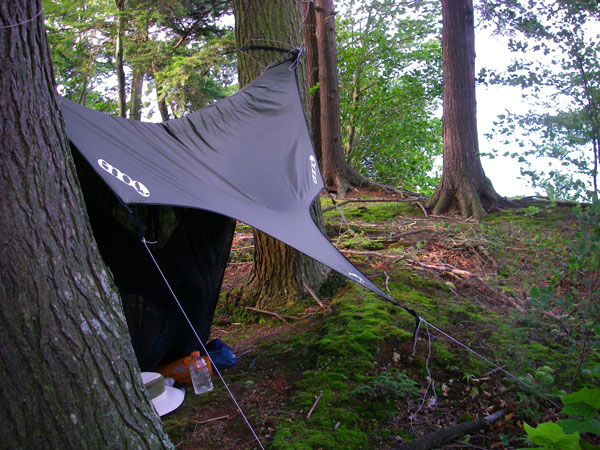
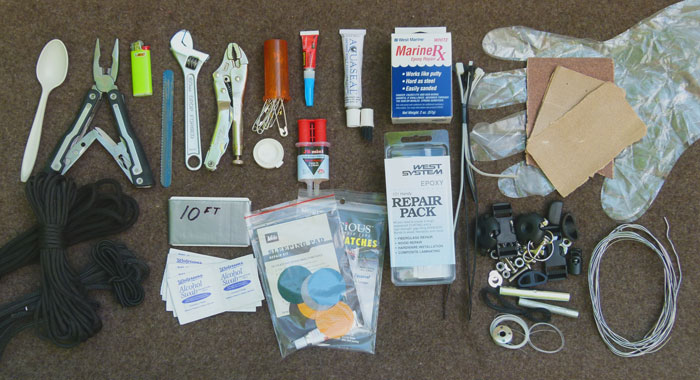
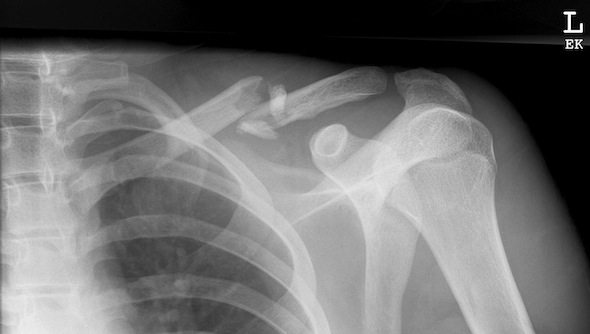
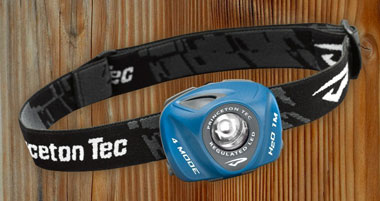
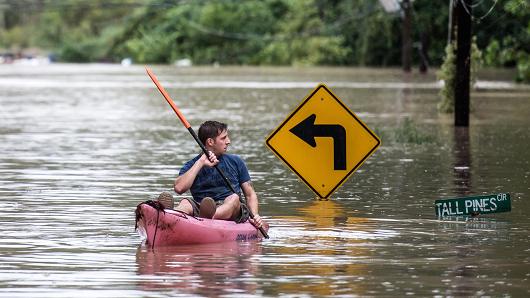
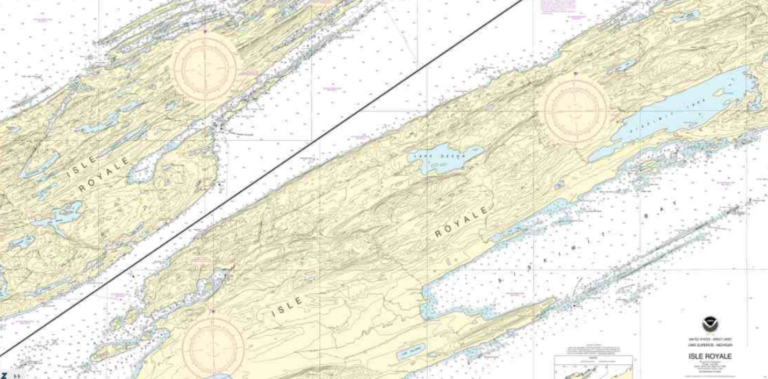

Being from Northern Mich and having enjoyed alot of it’s beautiful clear waters by kayak, thoroughly enjoy your website. Please write more stories and details of your experiences in these great lakes. Sitting by the window looking out in the subzero temperature, I can atleast dream of summer on the lakes by reading your experiences!
Loved reading them and being inspired to try some of the same paddles!
I now spend a few months in Florida’s Nature Coast (Crystal River area) and have the good fortune to kayak in some amazing places and see some truly amazing wildlife and scenery.
Ahhhh, Life is Good…..
Thanks, Ellen! I currently have several Great Lakes travelogues “in the pipeline”, and have more trips planned for this summer.
There is indeed some fine paddling in Florida, and I envy your ability to enjoy both places. My wife and I had the chance to visit Florida a few times, and we’ve paddled a canoe among the manatees at Blue Springs SP, and I enjoyed kayaking among the dolphins and sea turtles on the Gulf Coast in Pensacola: http://superiorpaddling.com/Dev2017/pensacola-bay/
As I post new articles, I’ll feature them in Fetch, my e-newsletter:http://superiorpaddling.com/Dev2017/subscribe-to-fetch-the-superior-paddling-newsletter/ Feel free to subscribe!
Thanks again!
I gota ask how much does the weigh with the hydration bladder full. Sounds like a lot of stuff to have on you. I have been keeping my water on my kayak deck rather than on me. I don’t want such a large pack interfering with my roll. I do have a VHF and a PLB on my PFD with some protein bars 2 flares and emergency space blanket and knife and whistle but that’s it. Just sounds like a lot of stuff to be attached to one self. I do agree a ditch bag is useless unless its attached to one self for the simple reason if you can grab your ditch bag why the heck aren’t you just getting back into your kayak in the first place. Its called re-enter and roll.
I am a fan of bail out bags on extended trips without good take outs. My only comment is there is a balance between buoyancy and your kit. As a former military rotary wing aviator, if it was not on you than we did not count on it being available post crash. I think these are great ideas, but what is the minimus to allow you to signal, shelter and how does that fit nicely on your PFD? I use a Lotus Designs throw bag pouch that fits nicely to the back of my PFD. I carry a signal mirror, flare, flint, thermal reflective blanket and fleece hat and gloves in a vacuum sealed food processing bag. Light weight basics to survive and reinforce my every day PFD carry items (Radio, compass, duct tape, first aid kit, and day panel marker).
Excellent points, Scott.
Keeping your bailout kit in a separate pouch or mini-backpack makes it ‘modular,’ and therefore easier to add or delete when packing for a trip than does keeping it all in one’s PFD, which would require hand selection …
And of course, each paddler must adapt his/her bailout bag contents and configuration to their own unique paddling environment. This may vary even from day to day, and I personally carry more emergency/survival gear on weeklong paddling trips in remote areas than I do on a weekend trip in more ‘civilized’ waters.
Thanks for the comments, and paddle on!